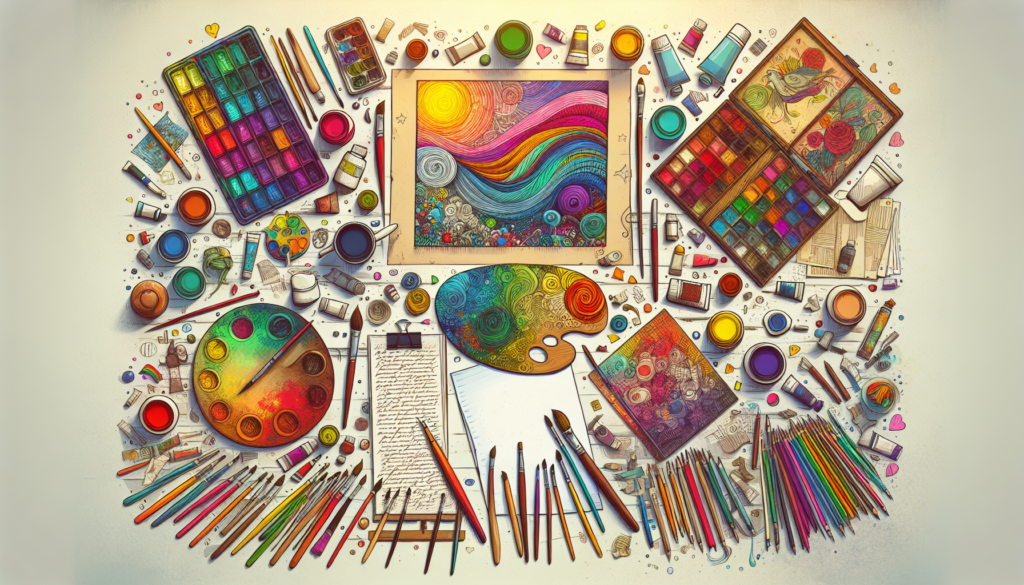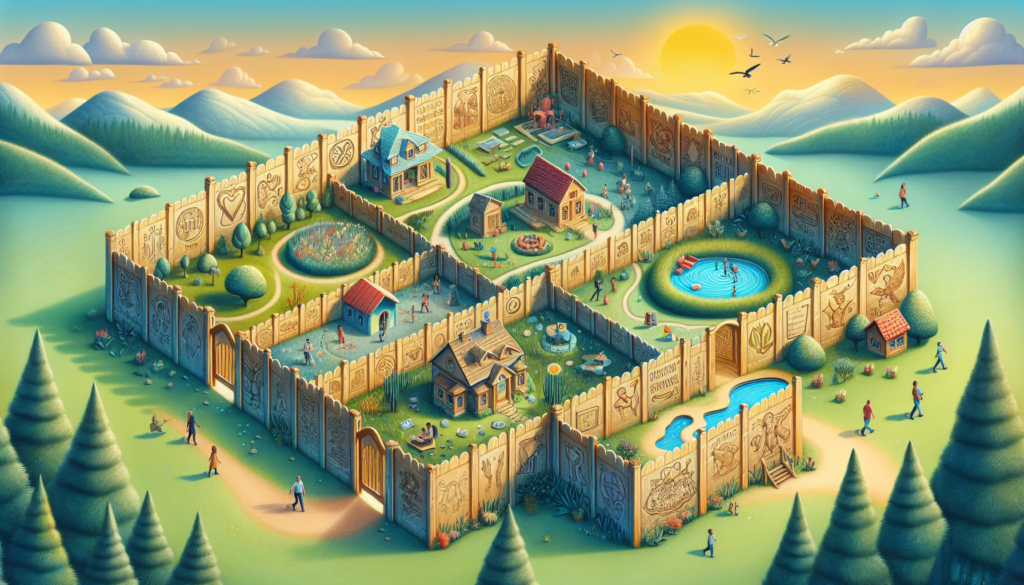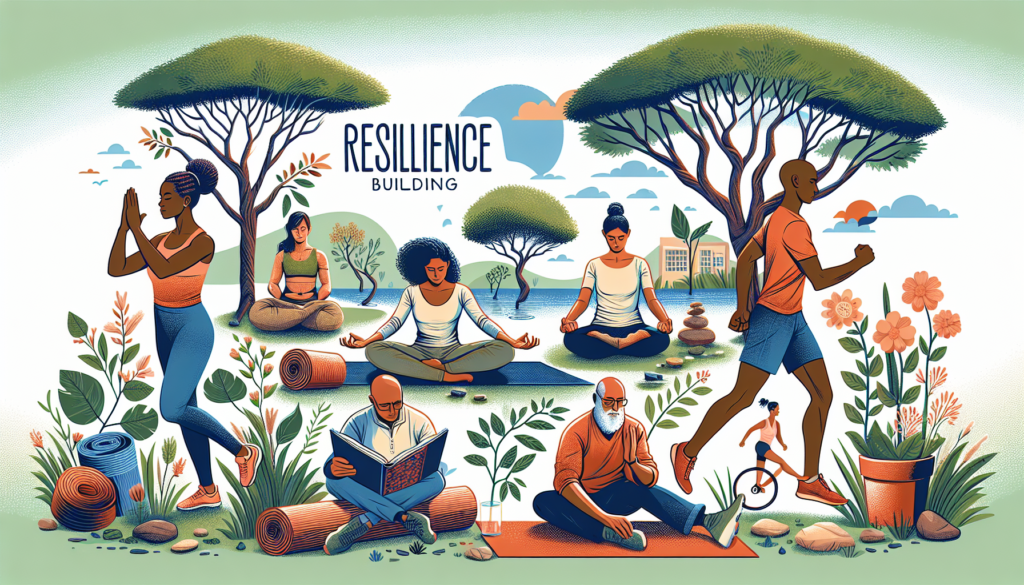Creative Self-Expression: Exploring the Depths of Artistic Freedom
Have you ever marveled at a painting, a song, a dance performance, or a piece of poetry and felt a deep connection to the emotions and ideas expressed through it? This profound experience is at the heart of creative self-expression, a fundamental aspect of human existence that allows individuals to communicate their thoughts, feelings, and experiences in unique and innovative ways. In a world where conformity often reigns supreme, creative self-expression stands out as a beacon of individuality and authenticity, offering a pathway to personal growth, self-discovery, and self-empowerment.
But what exactly is creative self-expression, and why is it so important in today’s society? How can individuals harness the power of their creativity to cultivate a deeper understanding of themselves and the world around them? In this article, we will delve into the various facets of creative self-expression, exploring its origins, significance, and transformative potential. Join us on this journey as we unravel the mysteries of artistic freedom and discover the boundless possibilities that lie within each of us.
The Roots of Creative Self-Expression
From the ancient cave paintings of Lascaux to the avant-garde works of contemporary artists, creative self-expression has been an integral part of human culture and civilization throughout history. The urge to create, to communicate, and to connect with others through artistic means is a universal impulse that transcends time and space. In every corner of the globe, in every era, individuals have used art as a medium for self-expression, reflection, and exploration.
One of the earliest forms of creative self-expression can be traced back to the Paleolithic period, where our ancestors adorned the walls of their caves with intricate paintings depicting scenes from their daily lives. These prehistoric artworks not only served as a form of communication but also as a means of preserving their stories, beliefs, and traditions for future generations. The act of creating art was a way for early humans to make sense of the world around them, to express their emotions, and to establish a connection with the divine.
As societies evolved and cultures flourished, the concept of creative self-expression continued to evolve, taking on new forms and meanings. In ancient Greece, for example, art was seen as a way to honor the gods, celebrate the human form, and explore philosophical ideas. The Renaissance period witnessed a resurgence of creativity and innovation, with artists like Leonardo da Vinci, Michelangelo, and Raphael pushing the boundaries of artistic expression and revolutionizing the art world.
Today, creative self-expression encompasses a wide range of artistic disciplines, including visual arts, performing arts, literature, music, and more. Artists of all backgrounds and experiences use their creative talents to convey their unique perspectives, challenge societal norms, and inspire change. Whether it’s a street mural that sparks a conversation about social justice, a novel that transports readers to new worlds, or a dance performance that evokes raw emotion, creative self-expression continues to shape our understanding of ourselves and the world we inhabit.

The Power of Creativity: Unleashing Your Inner Artist
At its core, creative self-expression is about tapping into the limitless potential of one’s imagination and translating that vision into tangible forms of art. It is a process of self-discovery, self-reflection, and self-transformation that allows individuals to explore their innermost thoughts, emotions, and desires in a safe and supportive environment. By engaging in creative activities, individuals can unlock hidden talents, overcome personal obstacles, and cultivate a sense of purpose and fulfillment.
One of the key benefits of creative self-expression is its ability to foster emotional well-being and mental health. Studies have shown that engaging in creative activities such as painting, writing, dancing, or playing music can reduce stress, anxiety, and depression, and improve overall mood and quality of life. Art therapy, a form of psychotherapy that uses art-making as a means of self-expression and communication, has been shown to be effective in helping individuals process trauma, cope with grief, and manage mental health conditions.
Furthermore, creative self-expression can also enhance cognitive abilities, problem-solving skills, and critical thinking. When individuals engage in creative pursuits, they are required to think outside the box, experiment with different ideas, and take risks in their artistic endeavors. This process of trial and error not only stimulates the brain but also encourages individuals to approach challenges with a growth mindset and a willingness to learn from their mistakes.
Moreover, creative self-expression can strengthen interpersonal relationships, build empathy and compassion, and foster a sense of community and belonging. Through art-making, individuals can connect with others who share similar interests and values, collaborate on creative projects, and celebrate the diversity of human expression. Art has the power to transcend language barriers, cultural divides, and social hierarchies, bringing people together in a spirit of unity and solidarity.
Exploring the Boundaries of Creative Self-Expression
While creative self-expression is often celebrated for its positive impact on personal growth and well-being, it is not without its challenges and controversies. In a world where art is often commodified, commercialized, and instrumentalized for profit or political gain, the purity and authenticity of creative self-expression can sometimes be compromised. Artists may feel pressured to conform to market demands, censor their ideas, or dilute their message in order to appease external forces.
Moreover, the democratization of art through digital media and the internet has raised questions about the boundaries of creative self-expression and the ethics of sharing and consuming art online. Issues such as copyright infringement, plagiarism, and cultural appropriation have become increasingly prevalent in the age of social media, where images, music, and writings can be easily copied, shared, and manipulated without proper attribution or consent.
Another challenge facing creative self-expression is the lack of diversity and representation in the arts. Historically marginalized groups, including women, people of color, LGBTQ+ individuals, and individuals with disabilities, have been underrepresented in mainstream art movements and institutions, leading to a narrow and homogenous view of creativity and talent. In recent years, efforts have been made to promote diversity and inclusion in the arts, amplify marginalized voices, and create more opportunities for underrepresented artists to showcase their work and tell their stories.
Despite these challenges, creative self-expression remains a powerful force for social change, cultural transformation, and personal empowerment. Artists have the ability to challenge norms, disrupt stereotypes, and advocate for justice and equality through their creative endeavors. By harnessing the power of their imagination and embracing their unique voice, individuals can make a lasting impact on the world around them and inspire others to do the same.
Expert Opinions: Insights from Creativity Scholars
To gain a deeper understanding of the importance and impact of creative self-expression, we turned to experts in the field of creativity and art psychology. Dr. Catherine Cameron, a renowned art therapist and professor of psychology, emphasizes the therapeutic benefits of creative self-expression:
“Art-making allows individuals to externalize their inner thoughts and emotions, explore new perspectives, and find meaning and purpose in their lives. Through the process of creating art, individuals can tap into their subconscious mind, access forgotten memories, and release pent-up emotions in a safe and constructive manner.”
Dr. Jamal Patel, a cognitive psychologist specializing in creativity research, highlights the cognitive benefits of engaging in creative activities:
“Creativity is a complex cognitive process that involves divergent thinking, problem-solving, and risk-taking. When individuals engage in creative pursuits, they are not only stimulating their brain but also enhancing their ability to think critically, adapt to new challenges, and generate innovative solutions to complex problems.”
Frequently Asked Questions about Creative Self-Expression
1. How can I cultivate my creativity and unleash my inner artist?
To cultivate your creativity and unleash your inner artist, try experimenting with different art forms, exploring new techniques, and pushing yourself outside your comfort zone. Take a class, join a creative community, or simply set aside time each day to engage in art-making activities that bring you joy and fulfillment.
2. What are some common misconceptions about creative self-expression?
One common misconception about creative self-expression is that you have to be a professional artist or have formal training to create meaningful art. In reality, everyone has the capacity for creativity, and there are no rules or limitations when it comes to expressing yourself through art. Your unique perspective, voice, and experiences are what make your art authentic and valuable.
To Wrap Things Up
As we have seen, creative self-expression is a multifaceted and transformative process that empowers individuals to connect with their innermost selves, share their stories with the world, and inspire positive change. By embracing your creativity, exploring new artistic horizons, and challenging the status quo, you can unlock the true potential of your imagination and make a lasting impact on those around you. So go ahead, pick up a brush, a pen, a camera, or an instrument, and let your creativity soar!
Remember, the power of creative self-expression lies within each of us, waiting to be unleashed and shared with the world. Let your creativity be your guiding light, your source of inspiration, and your pathway to personal growth and fulfillment. The world is waiting for your unique voice, your singular vision, and your unparalleled creativity. So don’t hold back, don’t be afraid, and don’t hesitate to express yourself in all your glorious originality. The world is your canvas, your stage, your pageso make your mark, make your voice heard, and make your creativity shine!


